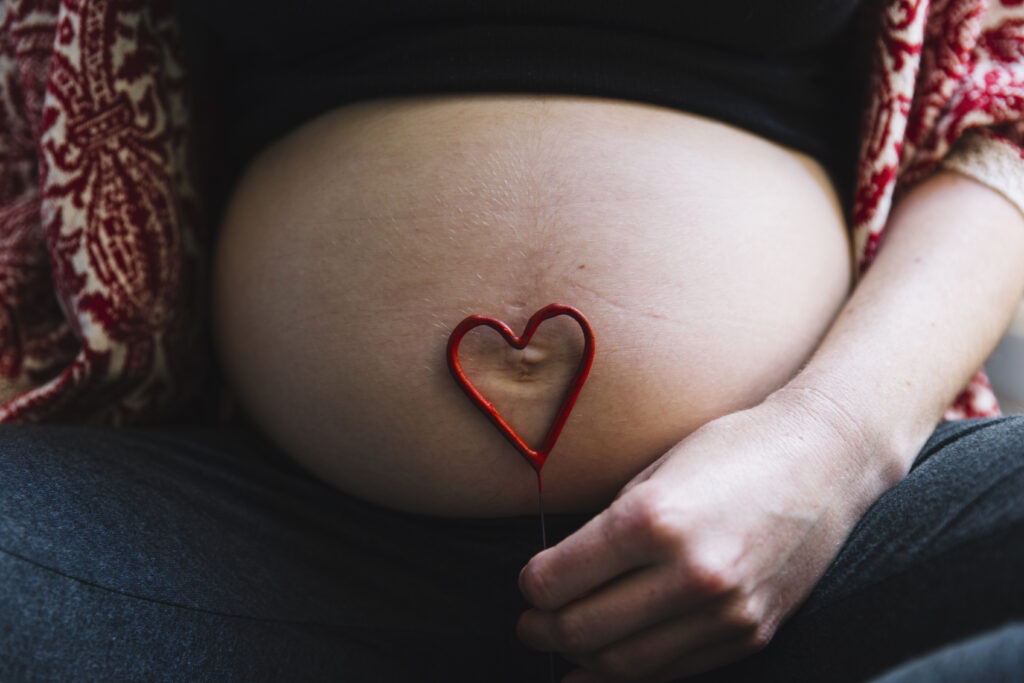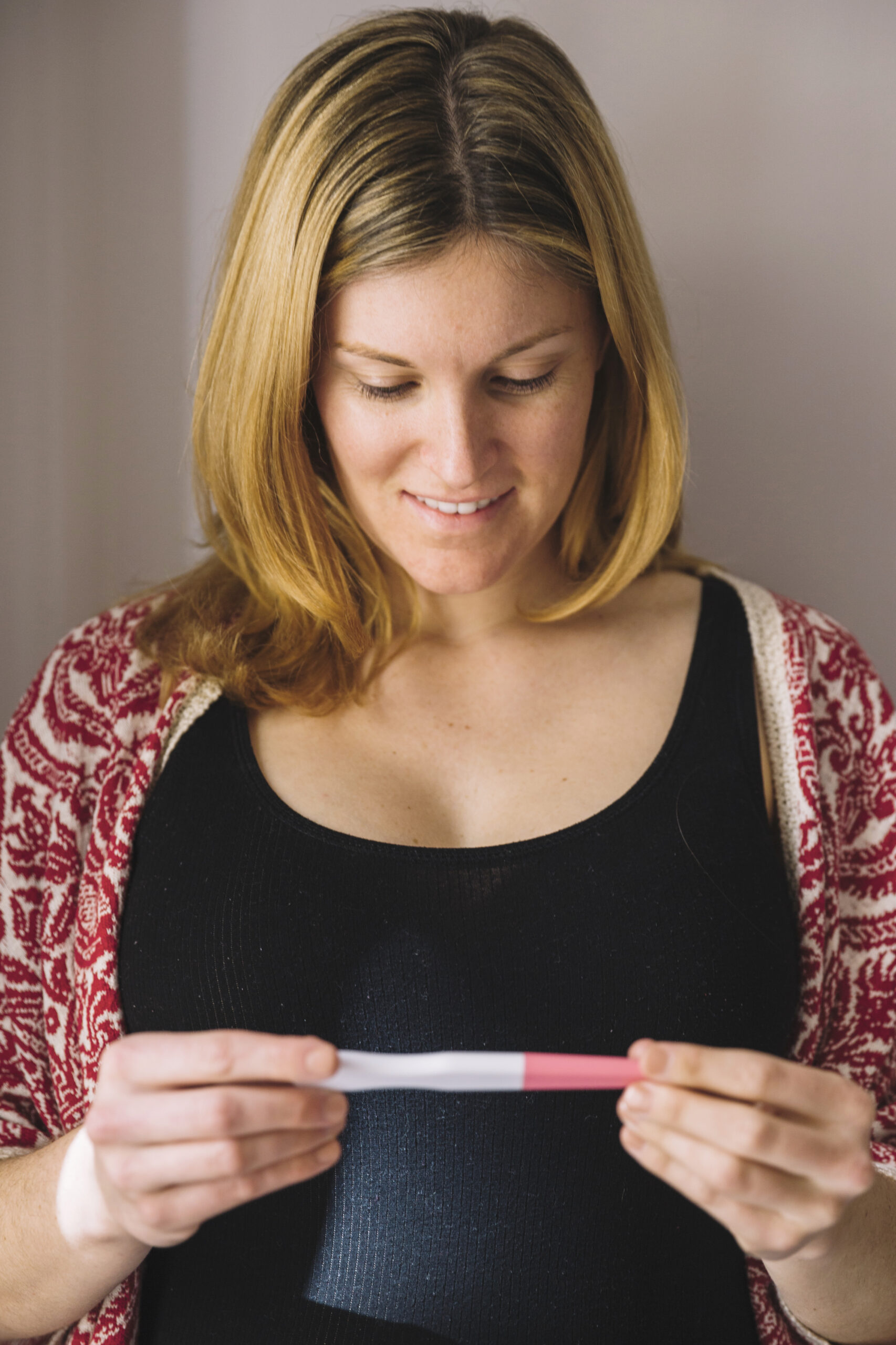Discover when to take a pregnancy test for accurate results. Learn about early detection, types of tests, and health tips.
Taking a pregnancy test can be a moment filled with anticipation and emotion. For many, the timing of when to take that test is crucial. In this article, we will explore the best times for testing, the science behind pregnancy tests, and tips for early detection.
Understanding Pregnancy Tests
How Pregnancy Tests Work
Pregnancy tests work by detecting the presence of human chorionic gonadotropin (hCG), a hormone produced shortly after a fertilized egg attaches to the uterine lining. There are two primary types of pregnancy tests:
- Urine Tests: These are the most common and can be done at home or in a doctor’s office. They usually provide results within a few minutes.
- Blood Tests: Conducted in a medical facility, blood tests can detect pregnancy earlier than urine tests and measure the exact amount of hCG in the bloodstream.
Types of Pregnancy Tests
- Home Pregnancy Tests (HPTs): These are readily available at pharmacies and provide privacy and convenience. Check out the Pregnant Symptom site for more details on how to choose the right test.
- Laboratory Blood Tests: While more expensive, they can provide results earlier and more accurately.
When Should You Take a Pregnancy Test?

The Optimal Timing
The timing of taking a pregnancy test is crucial for accurate results. Here are key points to consider:
- After a Missed Period: The best time to take a home pregnancy test is at least one week after your expected period. This allows enough time for hCG levels to rise.
- Before Your Expected Period: Some sensitive tests can detect pregnancy a few days before your missed period, but the accuracy may be lower.
- Testing in the Morning: For urine tests, the first morning urine is the most concentrated and provides the best chance for accurate results.
Understanding Your Cycle
To determine when to test, understanding your menstrual cycle is vital. Typically, ovulation occurs about 14 days before your period. If you have a regular cycle, tracking ovulation can help you estimate the right time to test. For more tips, visit American Pregnancy Association.
Early Detection: Pros and Cons
Benefits of Early Testing
- Peace of Mind: Knowing sooner can help with planning and preparation.
- Early Prenatal Care: If you’re pregnant, early detection allows for timely medical care.
Drawbacks of Early Testing
- False Negatives: Testing too early may result in a false negative, causing unnecessary stress.
- Emotional Toll: The anticipation of a positive result can lead to anxiety.
How to Interpret Test Results
Reading Home Pregnancy Tests
- Two Lines Indicate Pregnancy: Most home tests have a control line and a test line. A second line (even faint) typically means positive.
- No Line or One Line: If only the control line appears, the test is negative or invalid.
Blood Test Results
- Qualitative Test: Indicates whether or not hCG is present.
- Quantitative Test: Measures the specific level of hCG, which can indicate how far along you are.
FAQs About Pregnancy Testing
Can I Test Positive If I’m Not Pregnant?
False positives are rare but can occur due to various factors such as chemical pregnancies or certain medications.
What If I Get a Negative Result But Still Suspect I’m Pregnant?
If you suspect pregnancy despite a negative result, wait a few days and retest or consult your healthcare provider for a blood test. More information can be found on the Mayo Clinic.
Lifestyle Tips for Conceiving
Maintaining a Healthy Lifestyle
- Nutrition: Eating a balanced diet can improve fertility.
- Exercise: Regular physical activity can help maintain a healthy weight and hormonal balance.
- Avoiding Substances: Reducing alcohol and caffeine intake can support conception.
Tracking Your Cycle
Apps and calendars can help track ovulation and menstrual cycles, making it easier to determine the best time to test. For more information, visit Pregnant Symptom for various symptoms and tips related to pregnancy.
Conclusion
Taking a pregnancy test is an important step in understanding your reproductive health. Knowing when to test, how to interpret results, and maintaining a healthy lifestyle can greatly enhance your experience.
For additional insights on pregnancy symptoms and related topics, check out Pregnant Symptom.
Further Reading
For more information on pregnancy tests and health, consider checking these resources:
